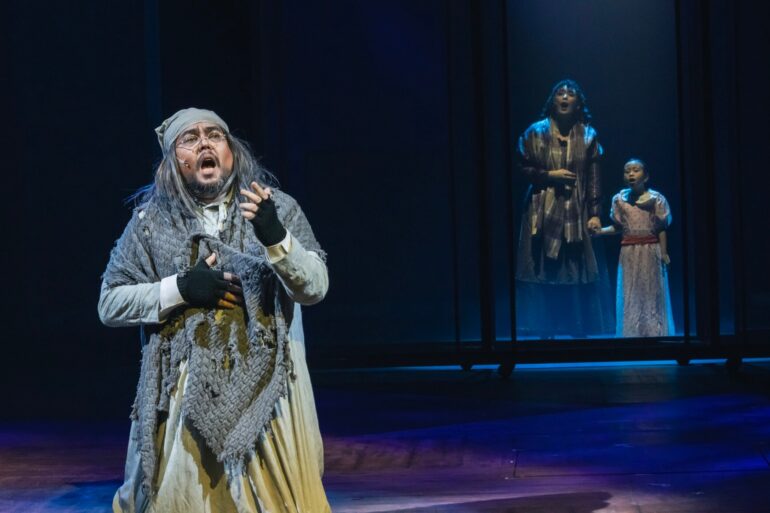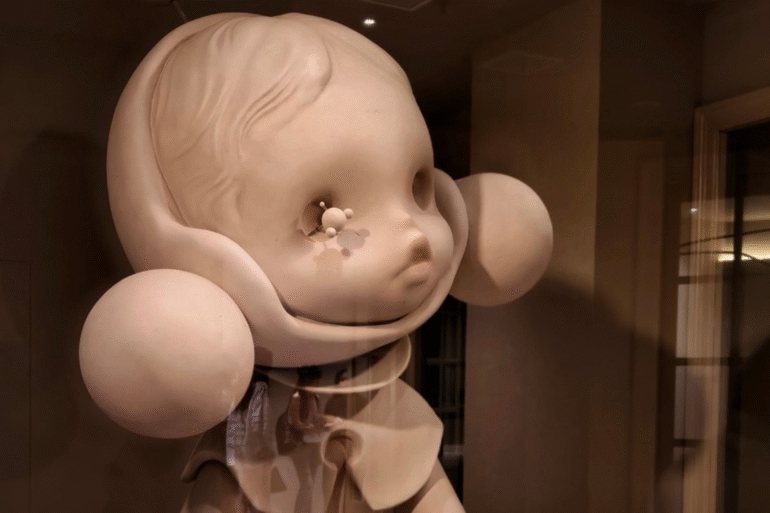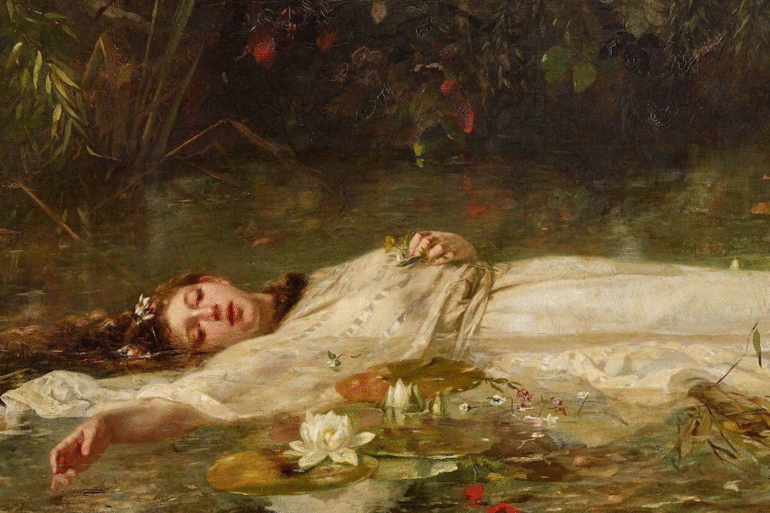The esteemed publishing house releases new titles that focus on various aspects of Philippine culture and history.
From bullfighting in the Philippines, archaic family lineages, unknown painting masters, to the mystical power of anting-anting, Vibal Foundation’s new releases explore a variety of topics in time for May, which is National Heritage Month.
The authors of these books, all esteemed experts in their field, delve into undiscovered territory to shed light on subjects that, despite diverse and sometimes esoteric, are all part of our Filipino heritage and identity.
While each Vibal title gives an in-depth study of its given topic, the books, which are filled with rare photographs and illustrations, are not only helpful to scholars and historians, but are delightful tomes that leisurely readers would enjoy.
Philippine Genealogy & Religious & Art History: The Luciano P. R. Santiago Reader
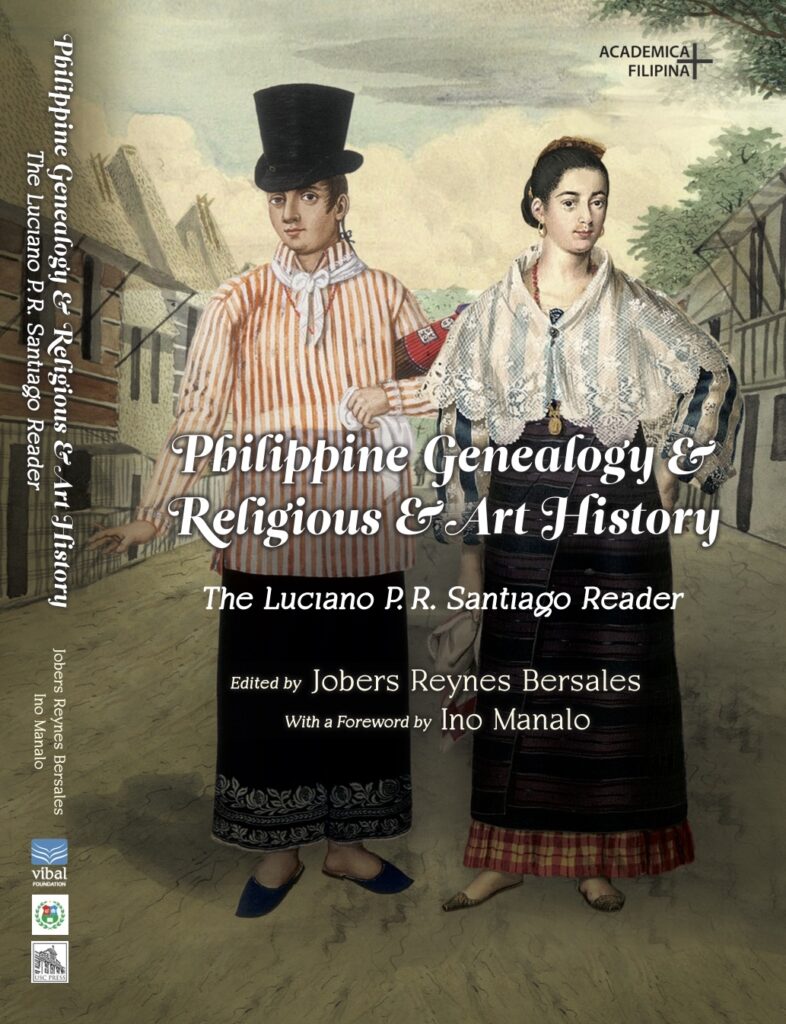


Philippine Genealogy & Religious & Art History features the writings of historian Luciano P.R. Santiago, published previously in Philippine Quarterly of Culture and Society and Philippine Studies, among others.
Santiago’s essays are varied and colorful. The Last Hacendera details the life of Doña Teresa dela Paz, female administrator of her family’s hacienda and root of the Tuason-Legarda-Prieto-Valdes clan. In The Painters of Flora de Filipinas, he painstakingly introduces us to the previously-unknown 17 Spanish and Filipino illustrators of Fray Manuel Blanco’s famous book of Philippine botanical illustrations. And in The Roots of Pila, Laguna, Santiago gives a sweeping historical chronicle of his own hometown, tracing it back not only to the 1500s, but to 900 AD.
Bullfighting in the Philippines
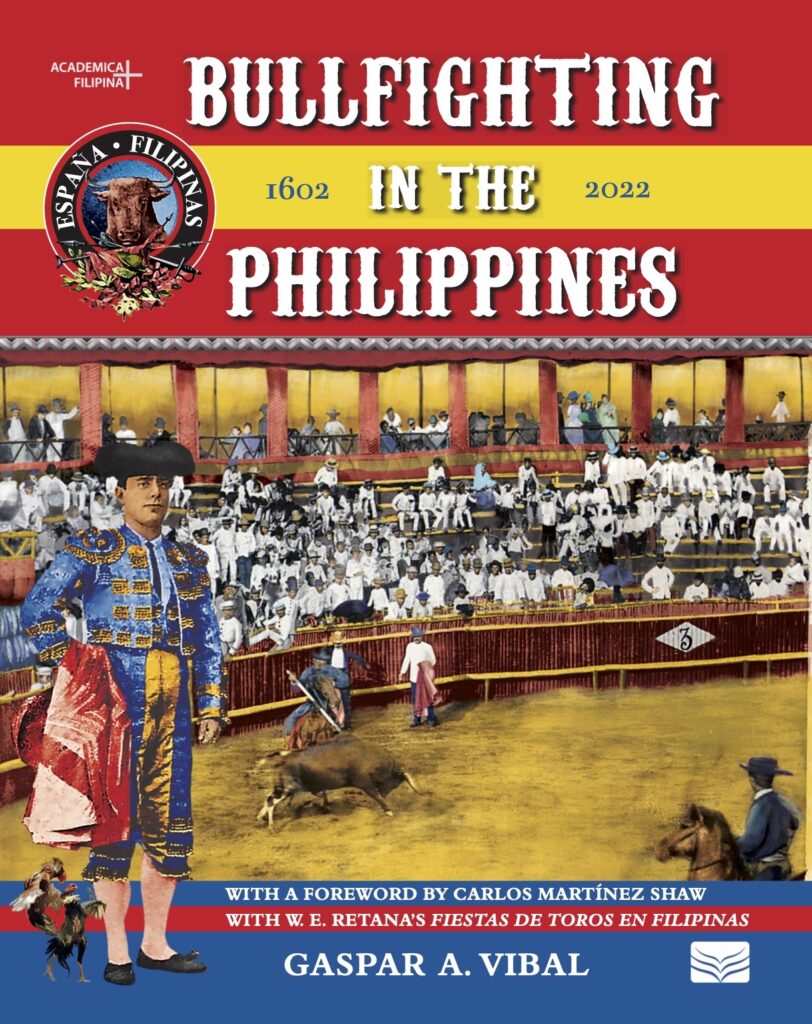


An excerpt of this book reads as such: “One by one, the bulls were let out. Its bravery was tested by a picador on horseback. However, the bull charged at it so ferociously that the horse’s flanks were gashed, ripping out its intestines.” The reader may believe that this was a scene in a bullring in Spain, but it was a retelling of an actual bullfight held in Manila’s Plaza Mayor in 1730.
This is just one of the surprises in store for the curious reader in Gaspar A. Vibal’s Bullfighting in the Philippines, which is the most extensive study of tauromachy in the country. The tradition of bullfighting in the Philippines is little-known, but it is undeniably a part of our Iberian identity and our Spanish-colonial history.
You Shall be As Gods: Anting-Anting and the Filipino Quest for Mystical Power



As the inaugural title in Vibal Group’s “Voyager Series,” which is dedicated to the study of secret cultures, You Shall be As Gods fully embraces the book series’ esoteric theme. Author Dennis Santos Villegas, who has a deep fascination for anting-anting (amulets), traces the origins of anting-anting from pre-colonial times to its use in the key players in the Philippine revolution. The first edition of You Shall Be As Gods was a finalist in the National Book Awards in 2018.
The second edition features two new chapters: one on Mount Banahaw and another chapter on a detailed categorization of anting-anting. The former details the whole mystical aspect of Mount Banahaw, the veneration for the Virgin Mary, its pilgrimages, and religious sects. In the last chapter, Villegas categorizes the amulets into figures of devotion, Catholic objects, or for specific functions, clearly showing that anting-anting are not mere lucky charms, but are seriously regarded as objects of power and faith.
Nineteenth-Century Masters of Angono Art
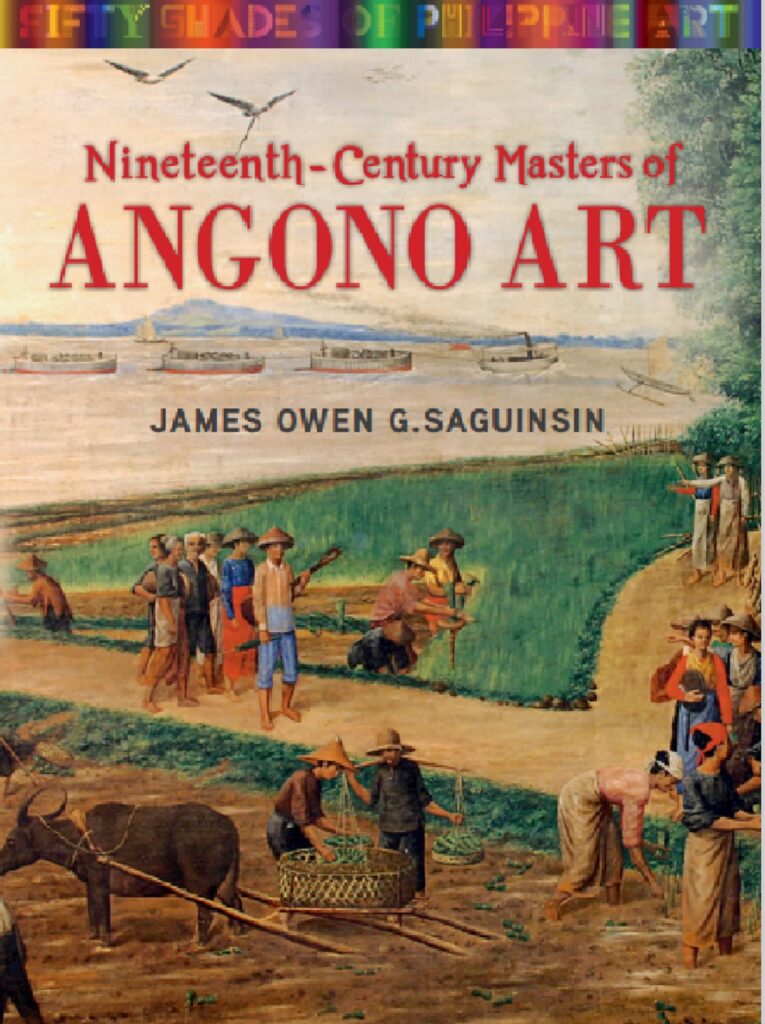


This is a book about Angono’s unknown masters. In the “the Art Capital of the Philippines,” we know of its famous sons Carlos “Botong” Francisco, Lucio San Pedro, and Jose “Pitok” Blanco. But before Francisco, there were Angono’s old masters Juan Senson, Pedro Piñon, and Moises Villaluz, Sr. who contributed greatly to the artistic history of the town, yet were not documented nor acknowledged as much.
Imprenta de Ramírez y Giraduier: A Story of Late Nineteenth Century Philippine Intellectuality
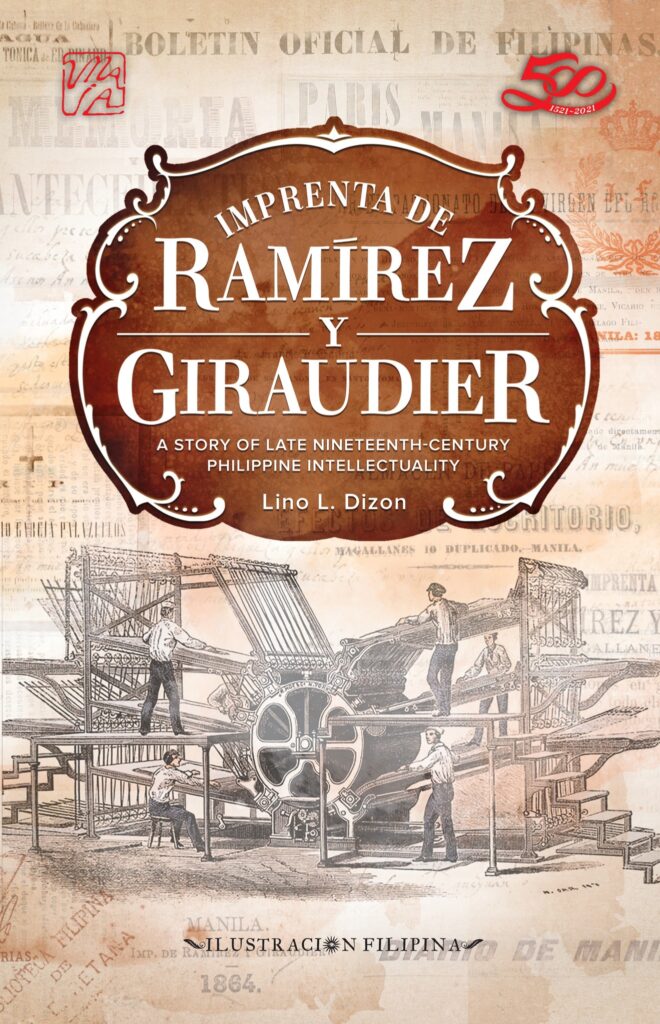


Author Dr. Lino L. Dizon of the National Historical Commission of the Philippines highlights the long-lost history of a printing press that was pivotal in the growth of Philippine literacy in the 19th century. The Imprenta de Ramirez y Giraudier (IRG) started out with the printing of simple religious texts and school announcements, eventually publishing books and periodicals that contributed to the enlightenment of Spanish-colonial Philippines, and its deviation from simple oral history. These included highly detailed medical manuals, Ilustración Filipina, a fortnightly paper which documented the local conditions in the country, and Diario de Manila, which became the most popular newspaper during that time.
Though IRG’s run was relatively short-lived—the publishing house ran for about three decades—their publications were instrumental in the rise of the Ilustrado class, which led to the Propaganda Movement, and eventually, the Philippine Revolution.
Heritage Churches of the Cagayan River Basin



It makes perfect sense for a book to focus on the importance of heritage churches in this region, as the Rio Grande de Cagayan—the longest river system in the Philippines—was the target of a massive evangelization effort of Spain from the 1600s onwards. The author, Javier Galván Guijo, who is an architect but more popularly known as the director of the Instituto Cervantes in Manila, documented his visits to these churches from the 1990s onwards.
Galván’s research is so detailed that he indicates the measurements of each church, and notes how its town and specific location in the region somehow influences the materials used. But more than a detailed documentation of the ecclesiastical architecture of Cagayan, the book shows the importance that was put into the conservation of each church—or the lack thereof.
More Cebuano Than We Admit: Aspects of Cebuano History, Culture, and Society



We know of Cebu as the birthplace of Christianity, and the colonizer’s capital in its early days. And then what? This question is answered in More Cebuano Than We Admit, which challenges our Luzon-centric view of the Philippines through the essays of fourteen scholars on the history, language, religious practices, literature, art, poetry, and food of Cebu. National Artist for Literature Resil B. Mojares and University of San Carlos Cebuano Studies Director Hope Sabanpan-Yu edit an anthology that shows how Cebu’s traditions have gone beyond the island and ingrained itself into our nation’s own cultural identity.
All topics are covered, from the earliest semblance of urban planning in the 1500s Cebu while erecting the first colonial churches, to the region’s “lost cinema,” and their iconic Lechon. One of the most poignant texts is Cecilia Manguerra-Brainard’s essay about her mother, Concepcion Alesna Cuenco, one of the country’s first Carnival Queens. Manguerra-Brainard describes the festive yet political nature of carnivals and writes a touching portrait of her mother, who after the war, lived a life of simplicity and anonymity, while maintaining all the charming and elegant attributes of a queen.
Vibal Books are available in hardcover and softcover editions, the books may be purchased online at Vibal Shop (https://shop.vibalgroup.com), Shopee, Lazada, GrabMart, and Amazon. For bulk orders, please contact marketing@vibalgroup.com



